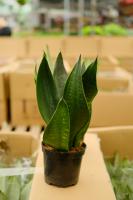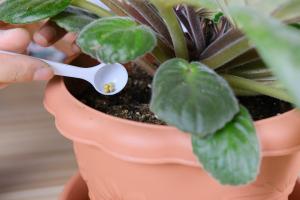When to Transport Tomato Plants
Transporting tomato plants can be a tricky process as they are quite sensitive and require specific conditions to survive the journey. Timing is crucial to ensure the plants are strong enough to withstand the move and to avoid disturbing their growth cycle. In this article, we'll discuss when it's best to transport tomato plants to give them the best chance to thrive in their new environment.
Timing is Everything
Tomato plants should be transported when they are between six and eight weeks old. At this age, they are mature enough to handle the stress of transportation while young enough that their roots are not too deeply entrenched in the soil. This allows for easier transplanting and lessens the risk of shock or damage to the roots. Tomato plants should be transported during the cooler hours of the day, either early in the morning or late in the afternoon, to prevent wilting and dehydration.
Preparing Your Tomato Plants for Transportation
Before transporting tomato plants, it's vital to prepare them in such a way as to minimize any shock or damage during the move. Start by putting them in larger pots or containers to give the plants more room to grow and expand their root systems. Ensure that the soil is moist, but not too wet, and that there is adequate drainage in the pots. Additionally, you can trim back any long or straggly stems to promote growth and reduce wind resistance during transportation.
Choosing a Transportation Method
When it comes to transporting tomato plants, there are a few options available. The most common method is to use a vehicle, such as a car or truck, to move the plants. This can be done by carefully placing the pots in the back of the vehicle, being sure to secure them with straps or bungee cords to prevent tipping or sliding around during transit. Another option is to use a delivery service that specializes in transporting plants. This can be a more convenient option for those with a large number of plants or those who don't have access to a vehicle.
Arriving at Your New Location
Once your tomato plants have arrived at their new location, it's essential to give them time to adapt to their new environment gradually. Make sure to choose a location that offers plenty of sunlight and shelter from strong winds. Water them regularly over the next few days to help them settle in and establish new root systems. If you notice any signs of wilting or yellowing, you can trim back a few more leaves to encourage the plant to put more energy into developing new growth.
In Conclusion
Transporting tomato plants requires careful planning and preparation. It's essential to choose the right time and method of transportation to ensure the plants are healthy and have the best chance to thrive in their new environment. With the right care and attention, your tomato plants can adapt to their new home and produce a bountiful harvest.

 how many times do yo...
how many times do yo... how many planted tre...
how many planted tre... how many pine trees ...
how many pine trees ... how many pecan trees...
how many pecan trees... how many plants comp...
how many plants comp... how many plants can ...
how many plants can ... how many plants and ...
how many plants and ... how many pepper plan...
how many pepper plan...
































